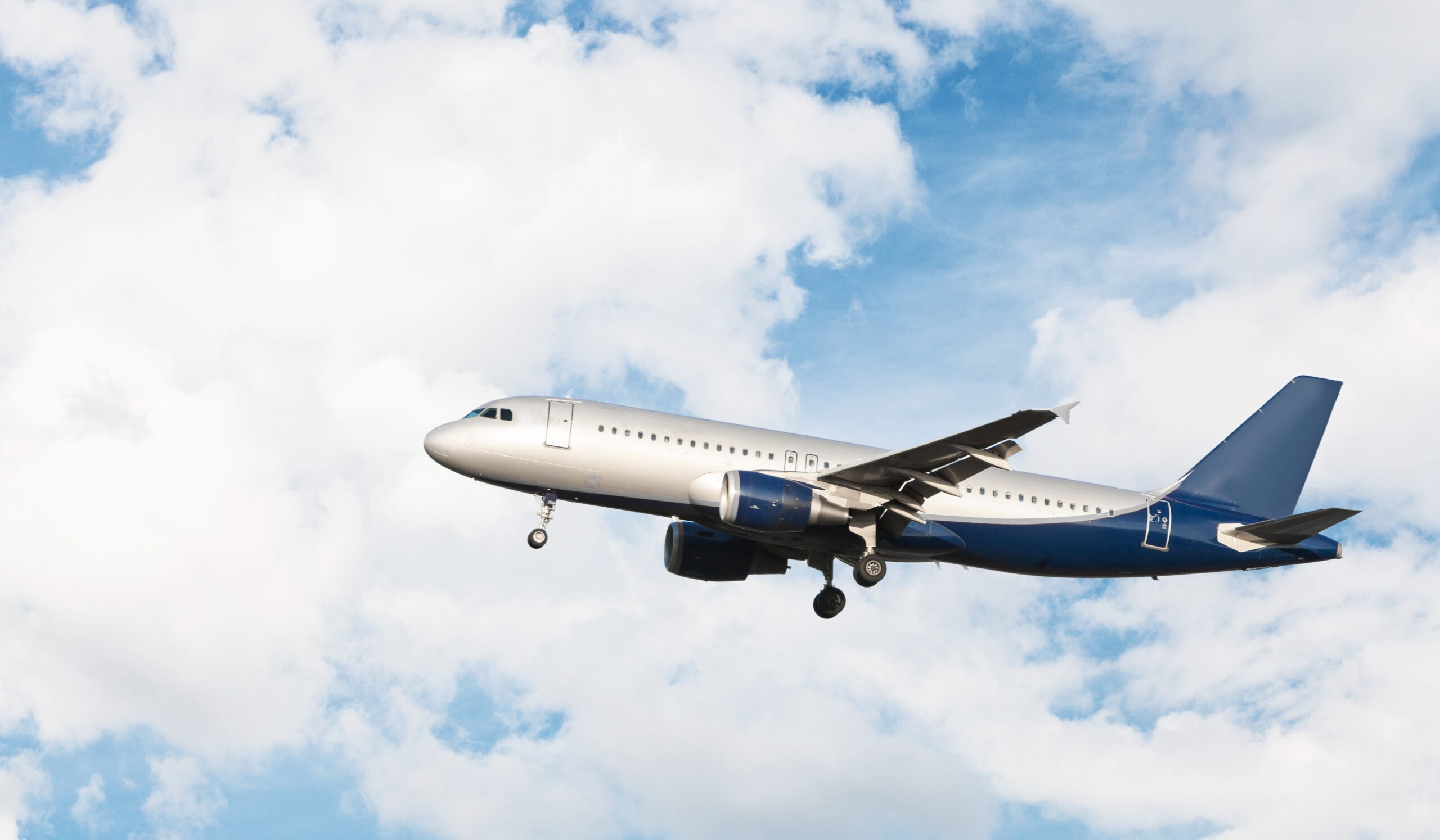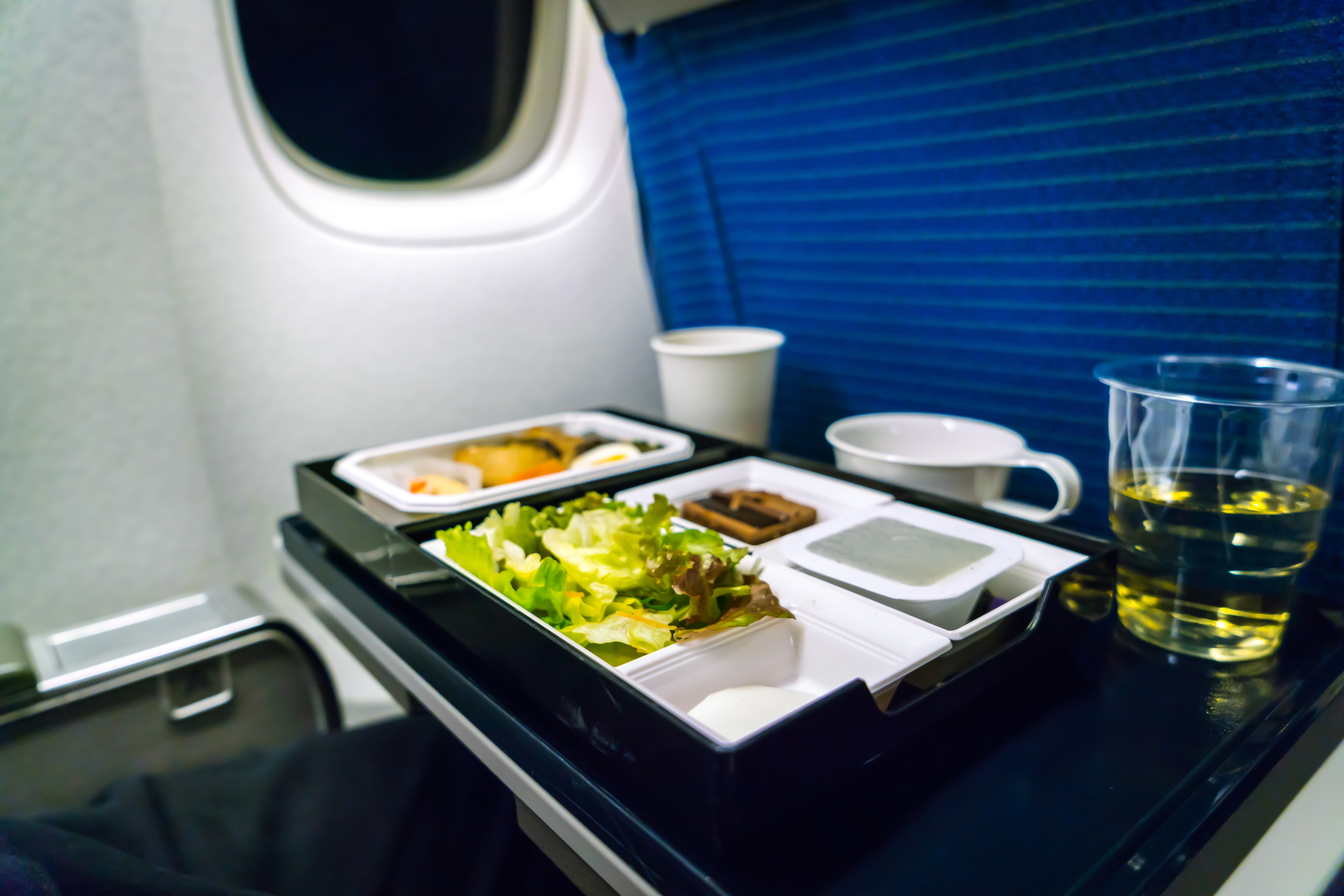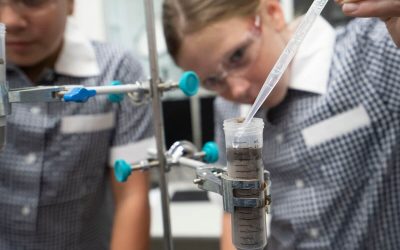It’s a truth universally acknowledged that eating airline food is often a disappointing culinary experience. When that dinner tray is placed in front of you on an airplane, the sight and smell alone may be indicative enough of why its taste is not appealing. But did you know there’s a scientific reason why food is so much less enjoyable at high altitudes? Let’s take a look at what’s going on with the taste of airline food!
The Higher You Fly, The Less You Can Taste
Cabin humidity drops to about 12 per cent even before the plane has taken off, and at 30,000 feet, the humidity levels are so low that it’s drier than most deserts inside the cabin!
Once peak altitude is reached, it’s goodbye (temporarily) to our taste buds as the dry air combined with the cabin pressure change reduces taste bud sensitivity. At high altitudes, we lose no less than 30 per cent of our normal perception of saltiness and sweetness! This is why you’d be surprised to learn how heavily airline food is spiced because if you ate it at sea level, all of that flavour would suddenly come rushing back.

A (Disappointing) Feast for the Senses
What we think of as “flavour” is actually a combination of taste and smell; in fact, smell makes up almost 80% of what people think is taste. Cabin pressurisation not only affects taste bud sensitivity, it also causes mucus membrane swelling, which effectively blocks the nasal passage and reduces smell sensitivity. The volatility of odour molecules, which is their ability to vaporise and enter the nose, is also minimised in high-pressure environments.
Our sense of smell is also affected by dry air – when the nasal cavity dries out, the brain isn’t able to detect odorants as efficiently. Once this olfactory sensitivity is lost, a lot of the flavour component of food disappears with it.

Recent research has shown that, bizarrely, your ears can also play a role in how you perceive the food you’re eating. One such study from 2011 suggests that the noise from the aircraft engine, which stays at a constant level of 85 dB, may contribute to the bland taste of airplane food. Participants in the study ate sweet and salty snacks while listening to either silence or white noise through headphones, and it was found that food was perceived to be less salty or less sweet with background noise than in silence.
However, interestingly, the crunchiness of food was rated higher while listening to white noise, a finding that colleagues from the University of Manchester attribute to the fact that noise distracts eaters, thereby making it more difficult to focus on the food’s flavour and properties.
Mass Production at the Expense of Taste
Of course, cabin conditions can’t be held solely accountable for the flavourless food served on plane flights. Airline food has to be both mass-produced, to meet the demands of hundreds of passengers every day, and prepared in such a way that the food is safe to eat at high altitudes.
All meals must be cooked on ground in accordance with food safety standards, then once cooked, the food is packed, blast-chilled and refrigerated, to then be reheated later on during the flight. Microwaves and open flames aren’t permitted on planes, so convection ovens are used for meal reheating, by blowing hot, dry air over the food.
With all these food prep steps and the chemical changes that occur at each step, it’s no wonder that the flavour of the food is significantly altered by the time you’re tucking into your lamb and potato mash on the plane!
Is the stress of trying to plan an exciting National Science Week 2021 school experience leaving a bad taste in your mouth? Let Street Science take care of that for you – book our exclusive LIVE National Science Week show for your school today!



